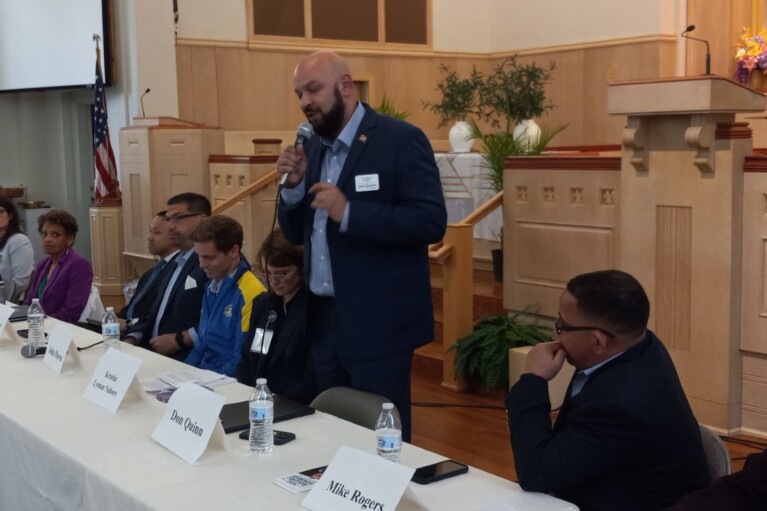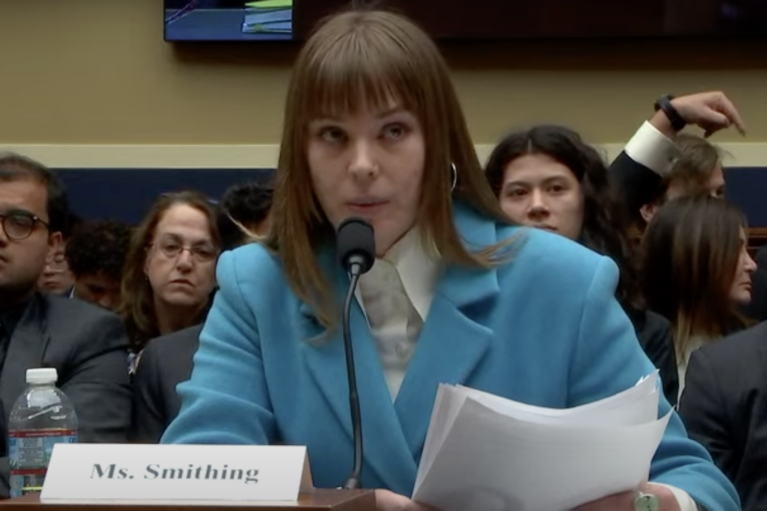Two Maryland AFSCME councils vote to merge

Two of Maryland’s largest — and most politically active unions — have voted to become one.
AFSCME Council 67, which represents nearly 15,000 city and county government employees, is joining forces with AFSCME Council 3, which represents nearly 30,000 state government workers and university employees. The combined union, which will carry the Council 3 name, will represent nearly 45,000 public employees across the state.
Patrick Moran, the long-serving president of Council 3, will continue to serve as the union’s leader. Glenard Middleton, the long-serving head of Council 67, has retired, officials said, after battling health problems for many months.
In an interview, Moran said union leaders began to discuss a merger (labor officials prefer to call it a “unification”) for quite some time, with talks intensifying a year ago when Middleton became ill.
“You have parallel organizations, spending similar resources on accomplishing similar things,” he said. “We had worked together on various projects over the years, so why were we going to continue to both funnel resources when we could do things more efficiently?”
Council 3 and Council 67 leaders voted unanimously to merge late last year, Moran said, with the AFSCME International Union, the parent organization, voting subsequently to ratify their decision.
Moran said similar AFSCME mergers in other states — with councils representing city and county workers joining with councils representing state government employees — have proven successful. Although he and other officials interviewed cast the merger as a move toward greater efficiency, Moran said no layoffs are anticipated.
“There’s plenty of work to do for everyone,” he said. “It’s just unbelievable the amount of requests we’re getting to organize from public employees across the state of Maryland, so everyone is going to have plenty of work on their hands.”
AFSCME is active in contract negotiations, organizing, handling employee grievances and lobbying state and local leaders. Labor leaders clashed with the state repeatedly during the Hogan years, with Moran frequently trashing the former governor in public statements, alleging that safety concerns were ignored and highlighting staffing shortages. Gov. Larry Hogan (R) and top members of his team rejected Moran’s characterizations.
Council 67’s treasurer, Dorothy Bryant, a phlebotomist who has worked for Baltimore City government for 55 years, said she supported the merger — even though state personnel will considerably outnumber city and county workers when the merger takes full effect.
“It’s a known fact that you’re stronger with the numbers,” she said. “When we (Council 67) had certain things that needed to be done, Council 3 rallied behind us… and we were able to accomplish many things that we would probably not be able to accomplish.”
When rumors of a potential merger surfaced late last year, some local leaders reached out to Maryland Matters to express concern. They said they worried that workers who belong to Council 67 would be overshadowed by the members of the much larger Council 3. The two unions, while both representing government employees, are not always in lockstep.
In the interview last week, Moran called such concerns baseless. “I take that as a challenge and I love challenges.”
Union mergers are not uncommon, as they allow labor organizations to pare costs. The AFL and the CIO voted to form a single union in 1955. Five postal unions joined forces in 1971, and two large telecommunications unions teamed up in 1995.
“We’re building a movement,” said Dale Chase, a Council 67 leader and an electrician for Howard County Government since 1985. “And this movement is going to be awesome for working people.”
It is unclear why AFSCME officials did not do more to disclose their decision to merge until now. Moran said there was a laundry list of logistical steps that needs to take place for the merger to take effect, a process that probably won’t conclude until July.
“It wasn’t secret. We just wanted to get everything in order,” he said. “You’re talking about two long-term organizations coming together. … It’s quite a process.”




 Creative Commons Attribution
Creative Commons Attribution